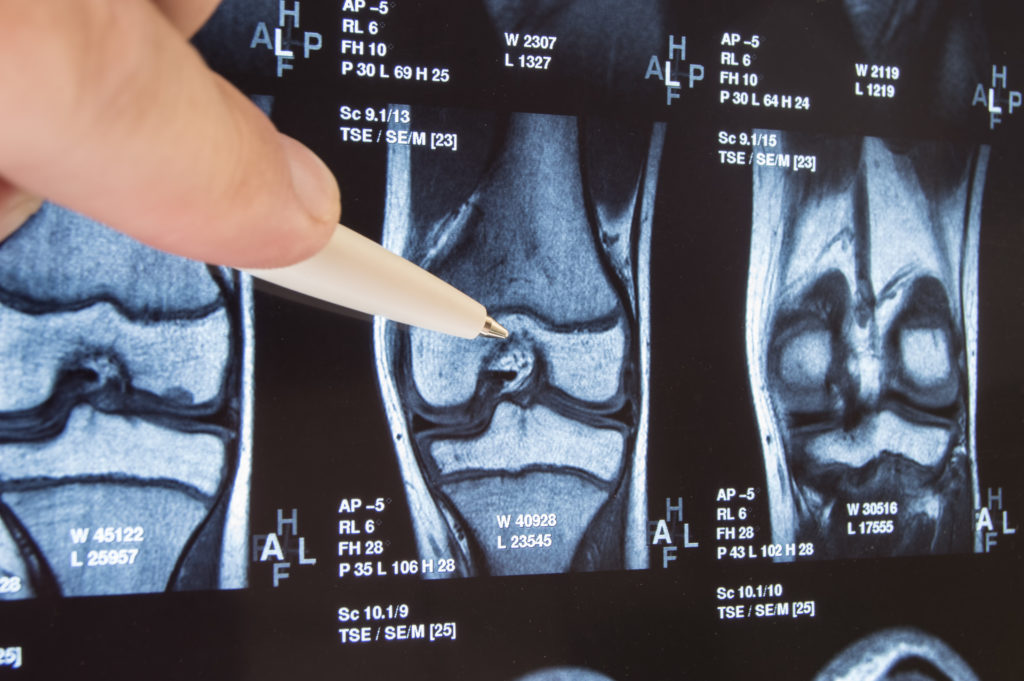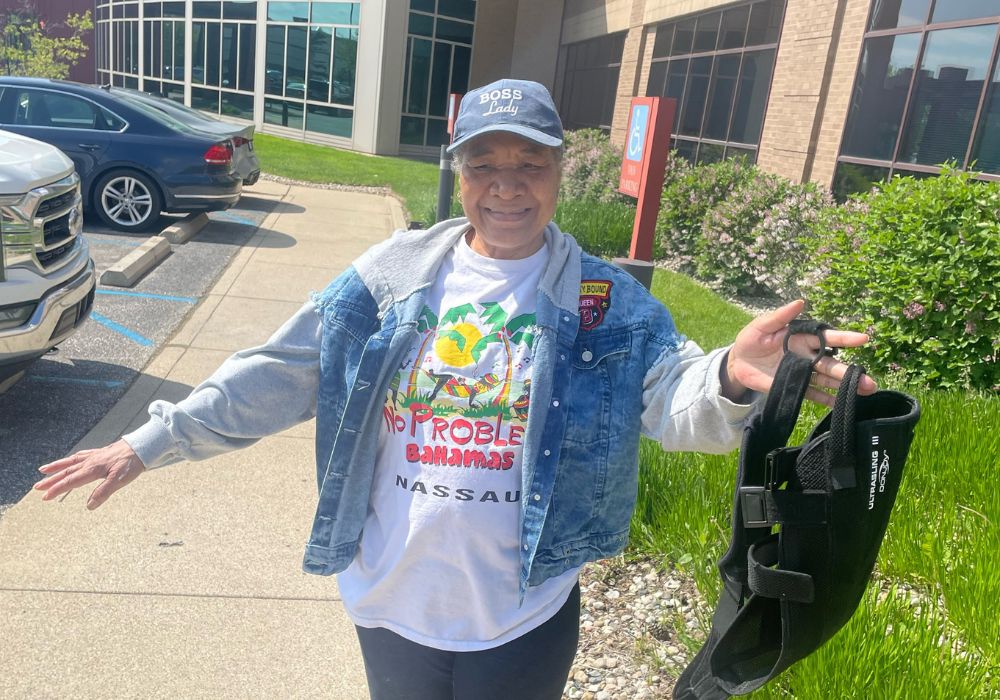THIS POST IS PART OF THE ULTIMATE GUIDE TO SPORTS MEDICINE
At one time or another most of us have heard the dreaded story about an athlete who tore his or her meniscus and was out for the rest of the sport’s season. However, a meniscus tear is a very common injury that can affect both athletes and non-athletes.
According to Dr. Jonathan Shook, OrthoIndy sports medicine specialist, the most common cause of a meniscus tear is a quick twisting or pivoting maneuver of the knee joint. This is usually associated with the knee being in a bent position when the person twisted his or her knee.
“The injury can happen either during sports or even just during regular activities,” said Dr. Shook. “There are also degenerative meniscus tears that are associated with arthritis. These meniscus tears are not necessarily caused by a single traumatic event, rather more from the wear-down of the meniscus over time.”
Symptoms of a meniscus tear include:
- Pain along the area where the knee bends on either the inside or outside of the knee
- Swelling or stiffness of the knee
- Sometimes, people will feel a ‘popping’ or ‘clicking’ sensation of the knee particularly with squatting or twisting activities

Diagnosis
“During a physical exam for a meniscus tear, orthopedic physicians look for tenderness at a specific location along the knee joint line,” said Dr. Shook. “Additionally, orthopedic physicians look for the presence of fluid and swelling within the knee joint. The range of motion of the knee may also be limited due to swelling or pain. Sometimes the patient will have a positive McMurray’s test, which is a special test the physician will do to look for the presence of a meniscus tear. “
Dr. Shook added that meniscus tears often occur in association with other knee injuries, such as ligament tears or sprains. Therefore, the physical exam must also focus on checking these associated injuries.
Treatment
Many meniscus tears do not require surgical treatment, especially when they are caused by arthritis and not a sudden sports injury. Treating the underlying arthritis usually results in improvement of symptoms. Sometimes surgical treatment of the tear with arthroscopic partial meniscectomy can be helpful.
“For acute tears, particularly in younger individuals, treatment is usually surgical,” said Dr. Shook. “Whenever possible, we try to repair the meniscus tear by suturing it back together. The meniscus has very poor blood supply, which limits the ability of a tear to heal easily. There are specific types of tears that are more likely to heal when repaired. Unfortunately, these types of tears account for less than 30 percent of all meniscus tears.”
Recovery
Recovery from a meniscus tear varies. If a tear is treated with arthroscopic partial meniscectomy, the patient can typically begin weight bearing and range of motion as soon as they feel comfortable to do so and they are typically back to regular activities within four to six weeks.
“If I perform a meniscus repair, then the patient has to limit their activity and range of motion after surgery,” said Dr. Shook. “Patients are usually on crutches or wearing a brace for the first four to six weeks, then they may progressively increase their weight bearing and range of motion. It is usually three months or longer before they are allowed to return back to regular activity.”
Dr. Shook added that meniscus tears are some of the most common injuries sports medicine specialists see associated with the knee. The type of tear and various patient factors determine the type of treatment and recovery time. If you suspect that you have a meniscus tear, then you should see an orthopedic surgeon for further evaluation.
To schedule an appointment with Dr. Shook please call 317.569.2514 or learn more about sports medicine treatment at OrthoIndy.
Schedule an appointment
Your well-being is important to us. Click the button below or call us to schedule an appointment with one of our orthopedic specialists. If your injury or condition is recent, you can walk right into one of our OrthoIndy Urgent Care locations for immediate care. For rehabilitation and physical therapy, no referral is needed to see one of our physical therapists.





